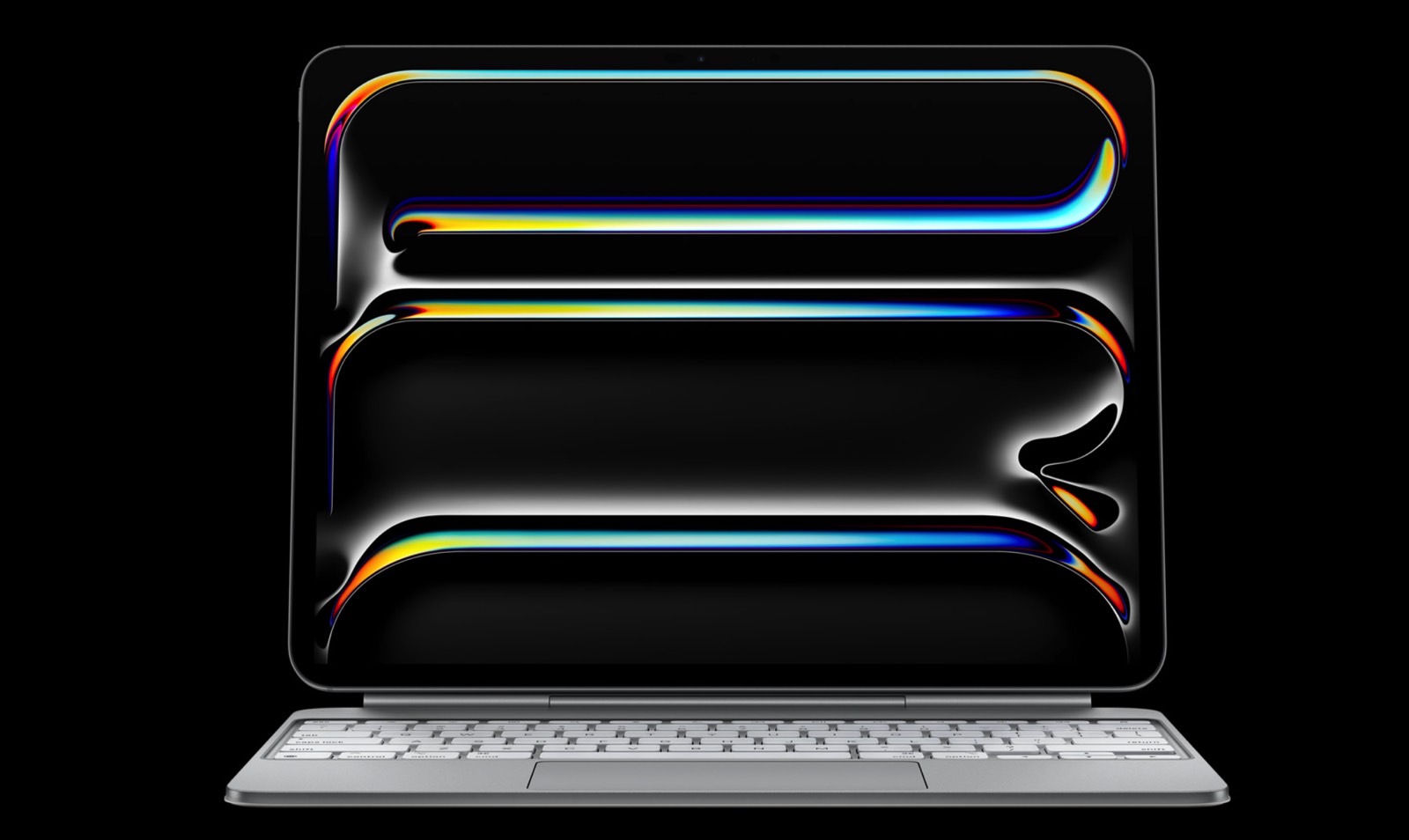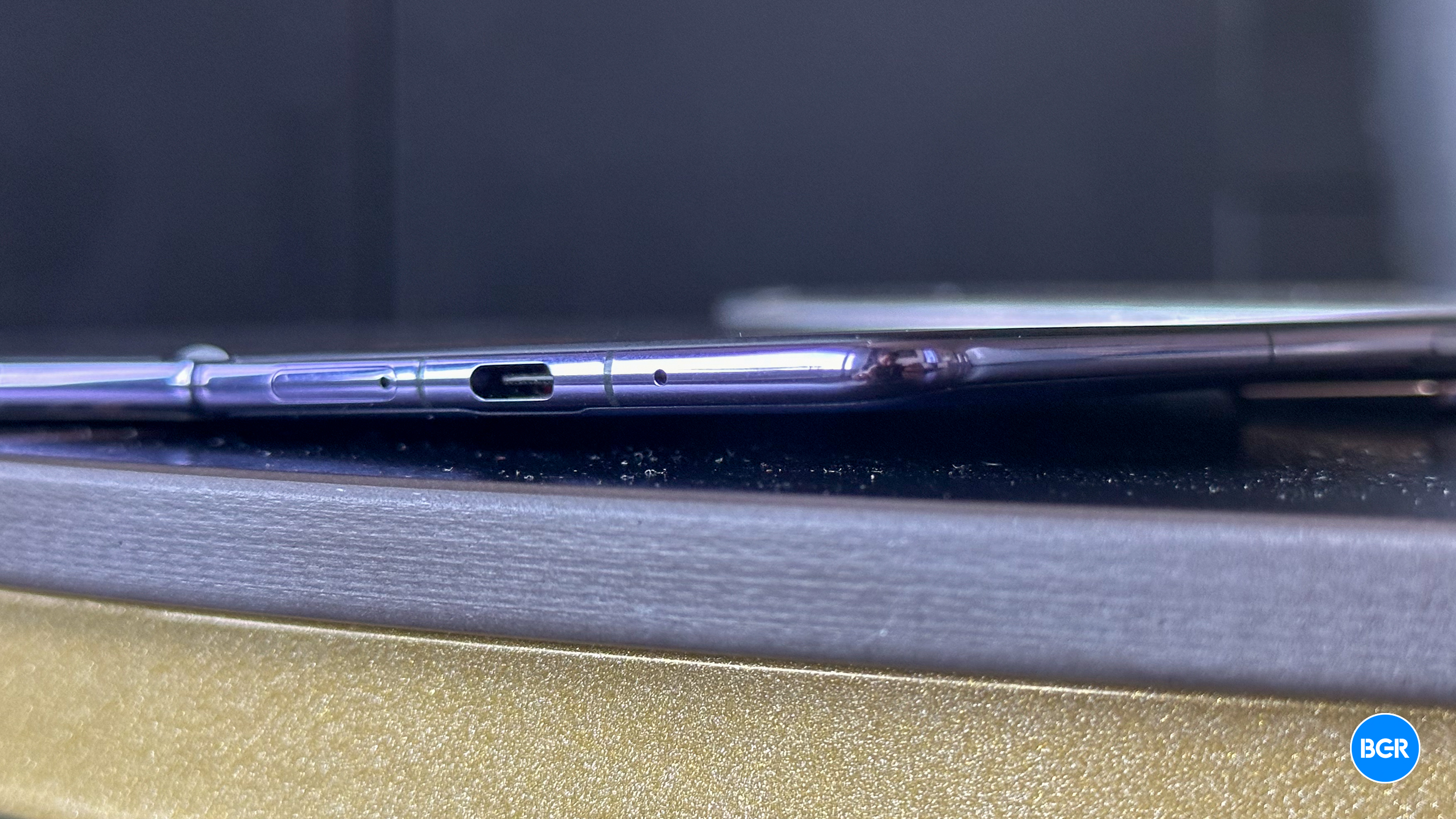The iPhone 16 will deliver an important size change for the Pro models. The iPhone 16 Pro and 16 Pro Max will be slightly larger than their predecessors. Rumors say the phones will feature 6.3-inch and 6.9-inch displays, both 0.2 inches larger than the previous screens.
Next year’s iPhone 17 line will bring an even bigger design change. Apple will reportedly launch an “iPhone 17 Slim” model that could end up being sold as the iPhone 17 Ultra. Smaller and thinner than the iPhone 17 Pro Max, this handset could become Apple’s next ultra-high-end flagship.
Apple proved with the M4 iPad Pro that it can make thinner gadgets. Insiders say it’ll continue to reduce the thickness of products across the board in the coming years. It might start with the Apple Watch Series 10 this year and continue with the iPhone 17 Slim and a thinner MacBook Pro in 2025.
To make thin designs possible, Apple needs a key component: a new Apple custom chip to power these slender devices. That’s all the more important for a product like the iPhone 17 Slim. Now, the first details about the A19 chipset might have leaked, causing some controversy in the process.
During the recent iPad event, Apple stressed that the new iPad Pro tablets wouldn’t be possible without the M4 chip. What Apple meant is that the M4 isn’t just more powerful than the M2 and M3 variants. The M4 chip is a lot more efficient as well. That’s what allowed Apple to use much thinner batteries inside the tablet. The M4 also powers the Tandem OLED panel, which is thinner than previous panels.
Apple wouldn’t have been able to make the M4 iPad Pro as slim as it is without ensuring the tablet could deliver big performance gains without compromising battery life. As I explained already, the M4 iPad Pro’s battery life is amazing, considering the incredibly thin design.

All that and more has to carry over to the iPhone 17 Slim. After all, the iPhone is the main computer in your life. Apple has to ensure the iPhone 17 Slim delivers battery life comparable to an iPhone 17 Pro or 17 Pro Max. That is, the phone has to easily last a full day.
We already know ultra-thin smartphone batteries exist. Honor has been using them in the ultra-thin Honor Magic V2 foldable phone. Apple might use similar battery packs inside the iPhone 17 Slim. But that’s where the chipset comes into play.
A report from Taiwan said earlier this week that Apple might get a new 2nm chip from TSMC in time for the iPhone 17 series without specifying the iPhone 17 Slim variant by name. That can only be the A19 chip that will follow this year’s A18 and A18 Pro versions. But a more reputable leaker debunked those claims.
According to MacRumors, the Weibo user in question is a reputable source who claims to have 25 years of experience in the integrated circuit industry. Phone Chip Expert said on Weibo that TSMC won’t have the 2nm production line ready until late 2025, which means the iPhone 17 can’t benefit from it.
Instead, the iPhone 17 phones will get 3nm chips like the iPhone 16 versions. The iPhone 18 models will then move to the 2nm process.
What’s interesting about the 2nm node (or N2) are the performance and efficiency claims. Per MacRumors, the chip will offer a 10% to 15% speed improvement at the same power consumption or a 25% to 30% power reduction at the same speed as a 3nm chip.

Apple used TSMC’s N3B (3nm) process for the A17 Pro chip in the iPhone 15 Pro/Max. The M4 chip uses the upgraded N3E node. Apple will reportedly use the same tech for the A18 and A18 Pro chips coming to the iPhone 16 phones.
With over a year until the iPhone 17 series comes out, it’ll be interesting to see what sort of chip tech Apple can employ. Whether the iPhone 17 Slim is real or not, Apple will be forced to push TSMC to improve the A19 chips both when it comes to speed and efficiency.
Does that mean TSMC might be able to deliver the 2nm chips ahead of schedule and in time for the iPhone 17 series launch? We’ll have to wait to find out.
But if the iPhone 17 Slim is real, then the A19 Pro chip powering it will have to offer great performance and efficiency gains without overheating. The chip will also have to support even more advanced Apple Intelligence features.
With that in mind, there’s always the chance of Apple postponing the iPhone Slim. Thankfully, considering that Apple is already working on the iPhone 17 series, we’ll start learning more details about it this fall, right around the time the iPhone 16 comes out.








